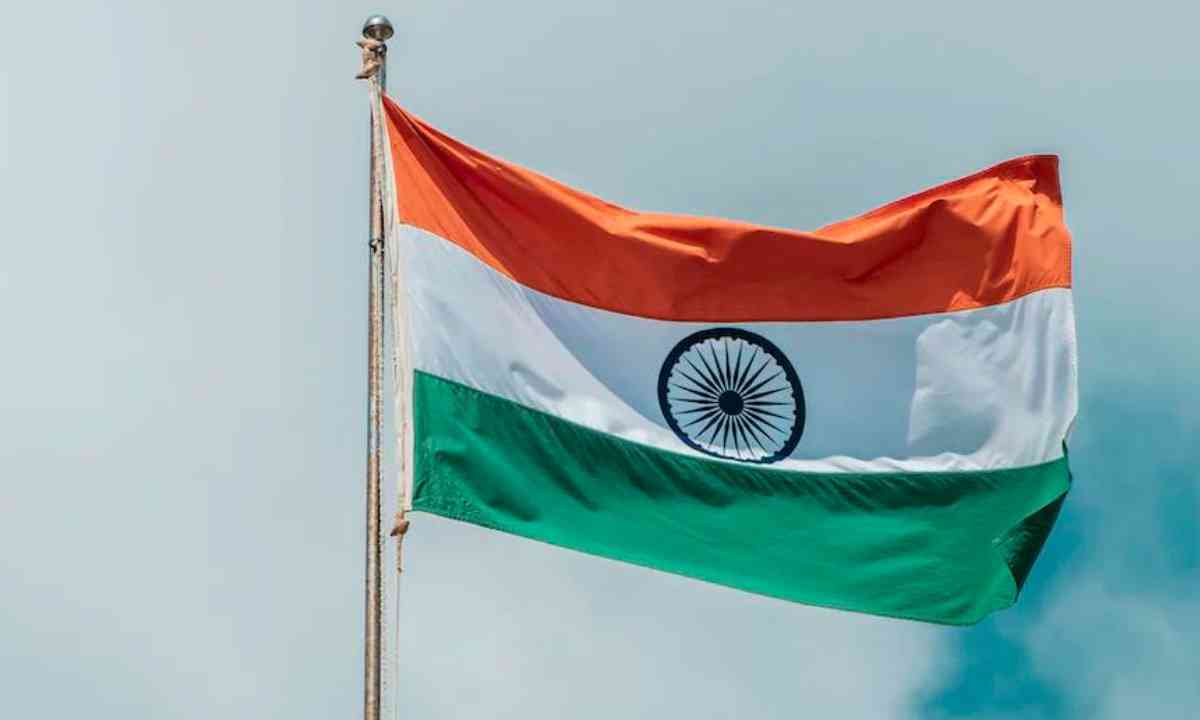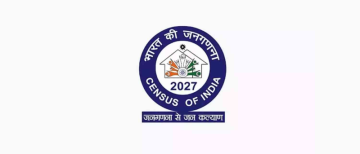10 interesting facts about the Indian National Flag:
- The Indian National flag was designed by Pingali Venkayya, a freedom fighter and agriculturist from Andhra Pradesh, in 1921.
- The flag was first hoisted on August 7, 1906, in the Parsee Bagan Square (Green Park) in Kolkata now in West Bengal by Dr. Annie Besant and Lokmanya Tilak.
- The Indian national flag, also known as the "Tiranga," features three colours: saffron, white, and green. Many confuse these colours as representation of religious identities, but in fact that's not correct.
- The saffron represents courage and sacrifice, the white represents peace and truth, and the green represents faith and chivalry. The cornerstone of our socialist, secular, democratic, republic.
- The Ashoka Chakra in the center of the flag has 24 spokes, which represents the 24 hours in a day and also symbolizes the progress and movement of the nation.
- The Indian national flag was first officially adopted by the Constituent Assembly of India on July 22, 1947.
- The flag should be made of khadi, a type of hand-spun cloth made from cotton, silk, or wool, as specified in the Flag Code of India.
- The Indian national flag must be made according to strict guidelines, including the size and placement of the colors and the Ashoka Chakra.
- The Flag Code of India was amended in 2002, which allows private citizens to fly the flag on all days of the year, not just on national holidays.
- There are several rules and protocols for hoisting and displaying the Indian national flag, as outlined in the Flag Code of India, including the manner in which it should be hoisted, the time of hoisting and lowering, and the conditions under which it should be flown at half-mast.
© Vygr Media Private Limited 2023. All Rights Reserved.





















